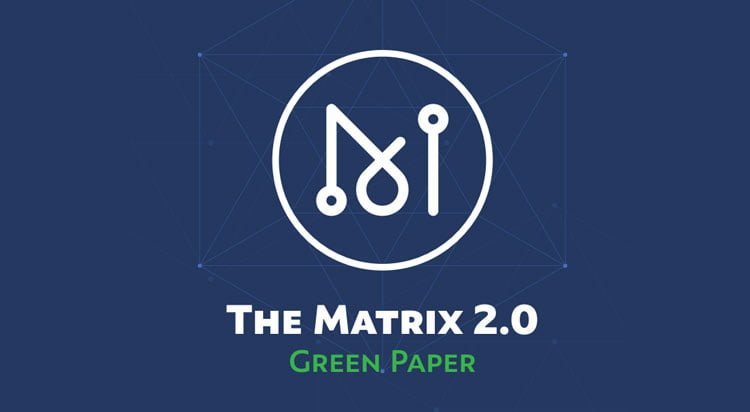Matrix AI Network, a global, open-source, blockchain-powered decentralized computing platform, and operating system, has recently published a 2.0 Green Paper detailing its plans to revolutionize and democratize the field of Artificial Intelligence.
“This anticipated release shines a light on our vision for the future of AI. Matrix is building a blockchain-based AI economy based on the three pillars of AI – data, computational power, and algorithms, the new Green Paper explains how we will redirect unused computing power to complete computing tasks and train AI models, while properly attributing and rewarding AI models, data and compute.”
– Owen Tao, Matrix AI Network’s CEO
In the Matrix 1.0 era, the Matrix AI Network used AI technology to overcome the four fundamental problems of blockchain: low transaction speeds, lack of security, the difficulty of use, and wasted resources. The Matrix AI Network blockchain already outperforms competing blockchain solutions.
In a live, public setting, the Matrix AI Network has demonstrated system throughput speeds of 12,499 transactions per second. Building on the innovations of Matrix 1.0, Matrix 2.0 will continue to use a small amount of the network’s computing resources to conduct mining and verification tasks, while most of the remaining computing resources will be organized to form a globally distributed computing network to provide AI services to everyone.
2.0
The Matrix 2.0 ecosystem is a high-performance, transparent platform. It is built on the three pillars of AI: data, computational power, and algorithms.
The Matrix 2.0 ecosystem provides an on-demand distributed computing AI platform complete with aggregated computing power, secure data management, transparent data sharing, and a pool of on-chain AI data, models, and applications. This enables connected nodes to form a worldwide supercomputing network.
In the Matrix 2.0 ecosystem, individual users and organizations are rewarded for contributing their data. Recording data directly to Matrix’s encrypted distributed ledger ensures the proper attribution of data ownership rights and prevents data from being furtively reproduced.
The Green Paper goes into details on the specifics of the Matrix 2.0 ecosystem architecture, and how Matrix 2.0 handles data attribution, distributed AI model training, blockchain storage, compute node management, payments and Industry 4.0.
